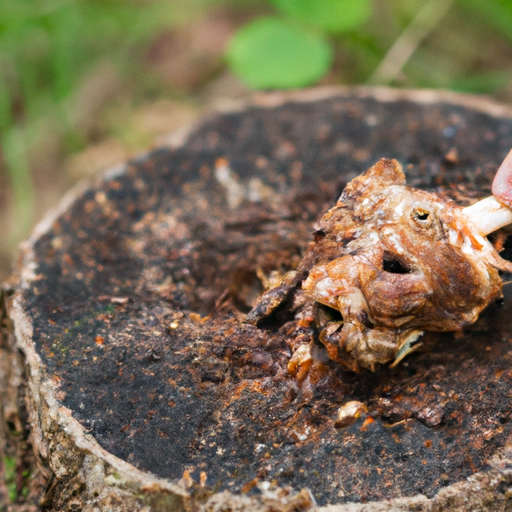 Introduction:
Introduction:
Animal slaughter is an essential yet controversial aspect of modern society, providing sustenance and products derived from animal sources. It involves the humane and efficient processing of animals, ensuring the welfare of both the animals and the consumers. This article aims to delve into the complex world of animal slaughter, shedding light on the diverse facilities where this practice occurs, the processes involved, and the regulations governing them.
1. Understanding Animal Slaughter:
Animal slaughter refers to the process of transforming live animals into food, by-products, or other animal-derived products. This intricate procedure is governed by strict regulations worldwide, which aim to ensure the ethical treatment of animals and the safety of consumers.
2. The Role of Slaughterhouses:
Slaughterhouses, also known as abattoirs, are specialized facilities where animals are slaughtered, processed, and prepared for consumption. These establishments are equipped with advanced machinery, skilled personnel, and strict hygiene standards to maintain the highest levels of quality and safety.
3. Types of Slaughterhouses:
a. Beef Slaughterhouses: Beef slaughterhouses primarily handle cattle, ensuring their humane treatment and efficient processing. These facilities are designed to accommodate the specific needs of cattle, providing them with appropriate handling systems and stunning methods.
b. Poultry Slaughterhouses: Poultry slaughterhouses focus on the processing of chickens, turkeys, ducks, and other fowl. These facilities employ specialized machinery to efficiently transform live birds into various poultry products.
c. Pork Slaughterhouses: Pork slaughterhouses are designed to handle pigs, adhering to specific protocols to ensure their welfare during the slaughter process. These facilities employ stunning techniques and advanced processing equipment to maximize efficiency.
4. Animal Welfare and Regulations:
Animal welfare is a paramount concern in slaughterhouses, prompting the implementation of rigorous regulations and guidelines. These regulations govern various aspects, including transportation, stunning methods, handling, and the overall treatment of animals from arrival to the final stages of the process.
5. The Slaughter Process:
a. Pre-slaughter Procedures: Animals undergo a series of pre-slaughter procedures, including transportation, lairage (resting period), and initial inspection by veterinarians to ensure they are fit for slaughter.
b. Stunning: Stunning is a crucial step performed to render animals unconscious and insensitive to pain before the slaughter process begins. Stunning methods vary, and they can be mechanical, electrical, or gaseous, depending on the species being processed.
c. Bleeding and Dressing: After stunning, animals are typically bled to ensure death and facilitate the removal of blood from the carcass. Subsequent dressing involves the removal of internal organs, the separation of edible parts, and other necessary steps to prepare the carcass for further processing.
d. Carcass Processing: Once dressed, the carcass undergoes further processing, including chilling, deboning, portioning, and packaging, depending on the intended end-products.
6. Hygiene and Food Safety:
Slaughterhouses adhere to strict hygiene guidelines and food safety standards. These measures include regular cleaning and disinfection of the facilities, proper personal hygiene practices for staff, and monitoring the overall quality and safety of the products.
7. Technological Advancements:
Advancements in technology have revolutionized the animal slaughter process, enhancing efficiency, animal welfare, and food safety. Automation and robotics have been introduced to minimize human error, improve precision, and streamline operations.
Conclusion:
Animal slaughter is a complex and necessary process that ensures the availability of food and other essential products derived from animals. Slaughterhouses play a crucial role in upholding animal welfare, adhering to strict regulations, and maintaining high standards of hygiene and food safety. While the topic of animal slaughter may evoke strong emotions, understanding the intricacies of this process can foster informed discussions surrounding animal welfare, food production, and the ethical treatment of animals.
